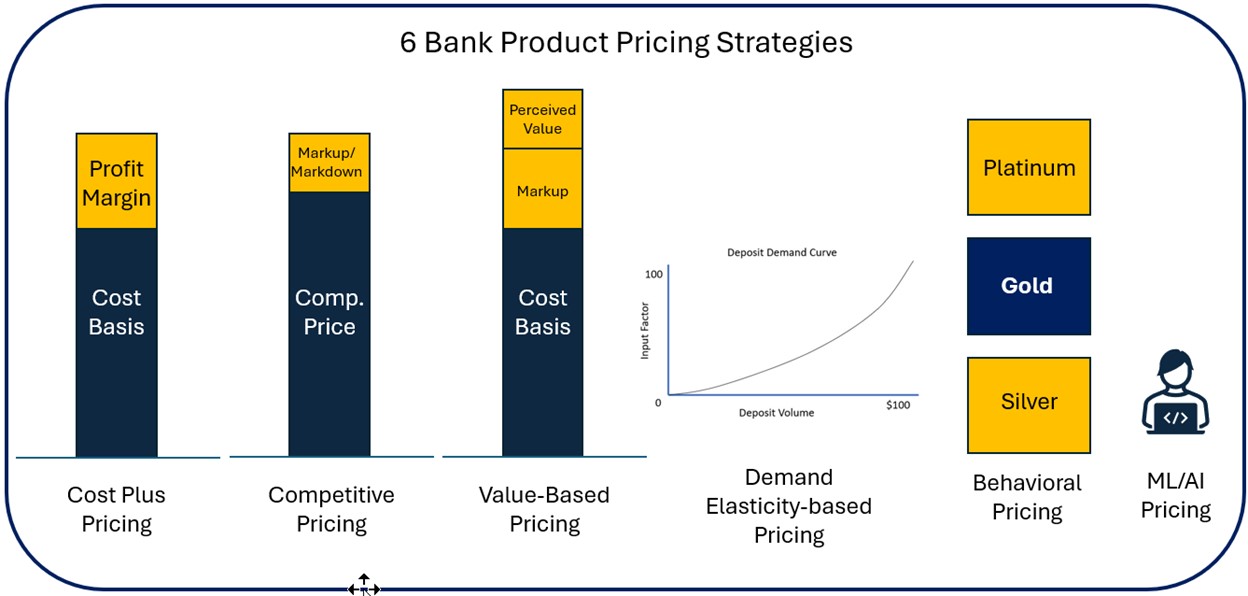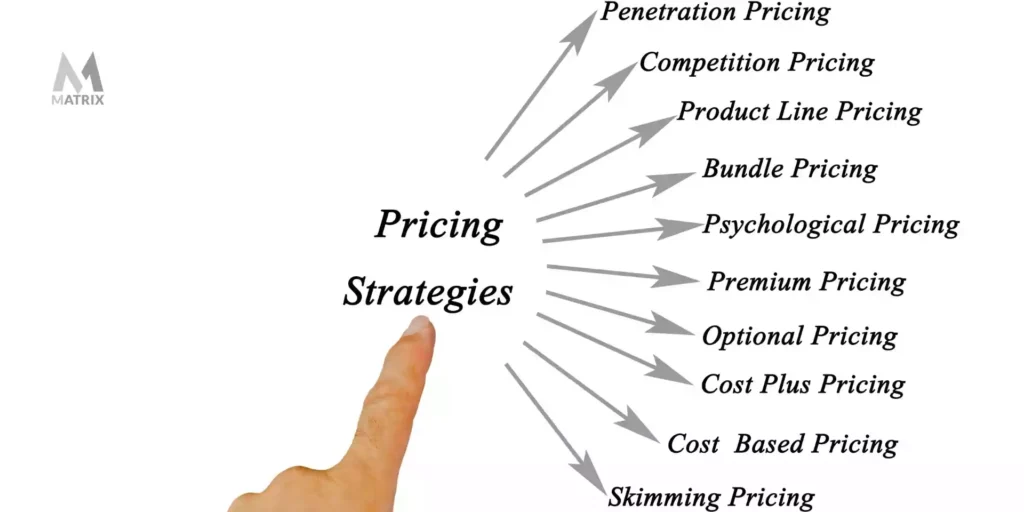Optimizing Profits with a Data-Driven Pricing Strategy Technique
Optimizing Profits with a Data-Driven Pricing Strategy Technique
Blog Article
Optimize Earnings With Proven Rates Strategy Strategies
Strategies such as value-based pricing, dynamic pricing, and comprehensive market evaluation can dramatically enhance a company's economic performance. Recognizing consumer understanding and leveraging information analytics for nimble prices adjustments are crucial elements of this strategy.
Understanding Client Assumption
Comprehending customer understanding is critical for establishing reliable rates approaches. It affects exactly how consumers review an item's value, quality, and total attractiveness. Organizations need to identify that clients frequently base their willingness to pay not exclusively on the product's innate features however additionally on mental variables, including brand online reputation, social standing, and viewed scarcity.

In addition, companies must take into consideration the role of rates psychology, such as appeal rates or price anchoring, which can dramatically affect consumer actions. Comprehending these assumptions enables organizations to mount their prices techniques in a fashion that aligns with consumer expectations while optimizing productivity.
Integrating consumer understanding into pricing techniques not only help in establishing competitive costs but also cultivates brand loyalty, as consumers really feel recognized and valued. Ultimately, a nuanced understanding of consumer perception can lead to lasting earnings development and improved market positioning.
Analyzing Market Trends
To develop an effective prices strategy, examining market fads is important for organizations wanting to remain affordable. Comprehending the characteristics of market fluctuations makes it possible for firms to make informed decisions relating to rates changes, item launches, and resource allocation - Pricing Strategy. By keeping track of customer behavior, financial signs, and market developments, companies can determine patterns that notify their rates structures
Key elements to think about when analyzing market trends include demand elasticity, seasonal changes, and arising innovations. Demand flexibility helps organizations gauge just how rate adjustments might impact consumer getting choices. Seasonal patterns can give insights into optimum rates during height and off-peak periods, enabling calculated discounting or advertising pricing. Additionally, watching on technological advancements can assist identify prospective dangers or opportunities that could impact prices approaches.
Utilizing data analytics tools can enhance the accuracy of fad analysis, providing valuable insights that facilitate nimble decision-making. Companies should also take into consideration carrying out regular market research to verify presumptions and adjust to developing customer preferences. By leveraging these insights, organizations can not just optimize their rates strategies yet likewise enhance their general market setting, making sure long-term success and development.
Competitive Prices Techniques
A competitive rates strategy is crucial for organizations aiming to get an edge in a congested market. By evaluating competitors' pricing structures and market positioning, business can strategically set their costs to attract consumers while maintaining profitability. This strategy calls for an extensive understanding of Continued both the affordable landscape and customer perceptions of value.
One effective approach is cost matching, where a business provides to defeat a competitor or match's price. This tactic can enhance consumer loyalty and urge sales, specifically in price-sensitive markets. Additionally, penetration pricing can be utilized to capture market share by originally establishing rates less than competitors, attracting customers to attempt the product and fostering brand awareness.
Furthermore, companies can carry out emotional pricing techniques, such as pricing products simply below a rounded number (e.g., $9.99 as opposed to $10 - Pricing Strategy.00) This can create the perception of a much better offer, influencing consumer actions
Inevitably, an effective affordable prices approach stabilizes the need to remain eye-catching to clients while making sure that the prices model lines up with the company's overall objectives. Routinely examining and changing rates in action to market shifts and competitor actions is important for continual success.
Value-Based Pricing Strategies
Value-based prices techniques concentrate on setting rates primarily based on the viewed worth of a services or product to the client, as opposed to entirely on production expenses or rival prices. This strategy needs a deep understanding of client demands, preferences, and the more tips here special benefits that the product or service deals. By identifying the details worth drivers that reverberate with customers, businesses can create prices methods that show the true well worth of their offerings.
To execute value-based rates successfully, firms have to participate in detailed market study, including consumer studies and focus teams, to collect understandings into customer perceptions. Additionally, organizations need to segment their consumer base to customize rates strategies that straighten with various worth understandings across sectors.
Communication plays an essential function in value-based prices; companies should express the unique worth proposal clearly to validate the rate point. Furthermore, continuous evaluation and change are vital, as customer perceptions of worth might change in time as a result of market dynamics or competitive activities. By prioritizing worth in rates techniques, organizations can enhance client complete satisfaction, boost commitment, and eventually enhance income.
Dynamic Prices Versions

Dynamic prices leverages sophisticated algorithms and data analytics to check competitor prices, consumer actions, and inventory degrees. By dynamically adjusting rates, businesses can enhance earnings, take full advantage of profit margins, and respond swiftly to adjustments in the market. For example, airline companies frequently employ this model to adjust ticket prices based upon aspects like staying seats, time till departure, and competitor pricing.
However, the execution of vibrant prices must be approached with caution. Clear communication with customers is important to maintain trust and stay clear of assumptions of unfair rates practices. Additionally, companies should ensure that their pricing formulas are not excessively complicated or opaque, as this can cause customer dissatisfaction.
Ultimately, when implemented attentively, vibrant prices models can provide businesses with a significant competitive advantage, enabling them to profit from market chances while accommodating consumer assumptions in a swiftly altering financial landscape.
Final Thought

Methods such as value-based pricing, dynamic pricing, and complete market evaluation can substantially boost a firm's monetary performance. Seasonal patterns can supply insights into ideal pricing during top and off-peak periods, enabling for critical discounting or promotional pricing.Dynamic pricing leverages sophisticated algorithms and data analytics to keep an eye on rival rates, customer habits, and supply degrees. By comprehending client assumption, assessing market trends, and using competitive pricing approaches, companies can successfully align their prices with consumer expectations. In addition, value-based prices and dynamic rates versions make it possible for organizations to respond agilely to market variations.
Report this page